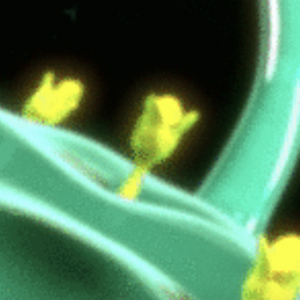PolyCore Therapeutics Secures Seed Financing to Address Motor Symptoms and Dyskinesia Associated with Parkinson’s Disease
PolyCore Therapeutics, Inc., a biopharmaceutical company developing treatments for patients suffering from dyskinesia and cognitive impairment associated with neurodegenerative disorders, today announced a seed investment from Xontogeny, LLC and Ben Franklin Technology Partners of Southeastern Pennsylvania to advance their lead compound, PCT-3012, a novel G protein-biased D3 receptor agonist to reduce motor impairment in Parkinson’s Disease, through IND-enabling work.
“Nearly 60,000 new cases of Parkinson’s Disease are diagnosed in the United States each year, and the current gold standard for motor symptom management results in dyskinesias for nearly 50% of patients who are treated for more than four years. Concern around developing these involuntary, erratic motions of the face and body cause some patients to delay treatment,” said Chris Garabedian, Chairman and Chief Executive Officer of Xontogeny. “We are excited to support the PolyCore team in advancing their novel compound through pre-clinical trials, as we believe this new therapeutic could substantially improve the lives of patients living with Parkinson’s Disease by improving motor symptoms without the development of tolerance or dyskinesia.”
Over 1 million Americans live with Parkinson’s Disease. The current standard of care for treating the symptoms of Parkinson’s Disease is Levodopa (L-dopa. Within 3 to 5 years of treatment, approximately 50% of patients develop tolerance to the therapeutic that necessitates taking higher doses more frequently; this increase in dosage can cause L-dopa induced dyskinesia, which manifests as abnormal involuntary body motions that reduce patients’ quality of life. PolyCore is developing PCT-3012, a novel dopamine D3 receptor agonist with a significantly differentiated mechanism of action, which is designed to improve motor symptoms without the development of tolerance, impulse control disorders, and dyskinesia.
Read the full article here.




